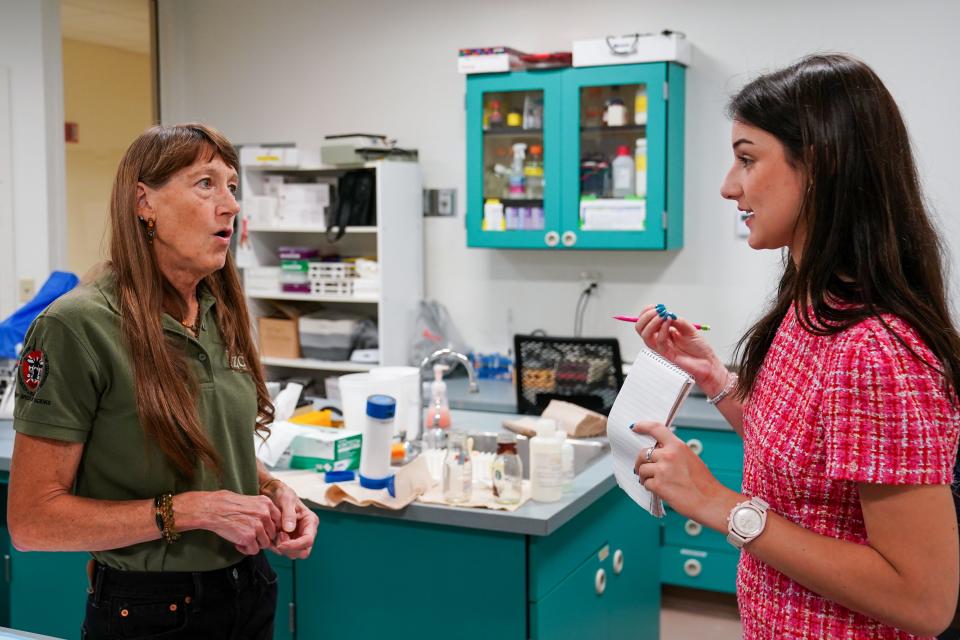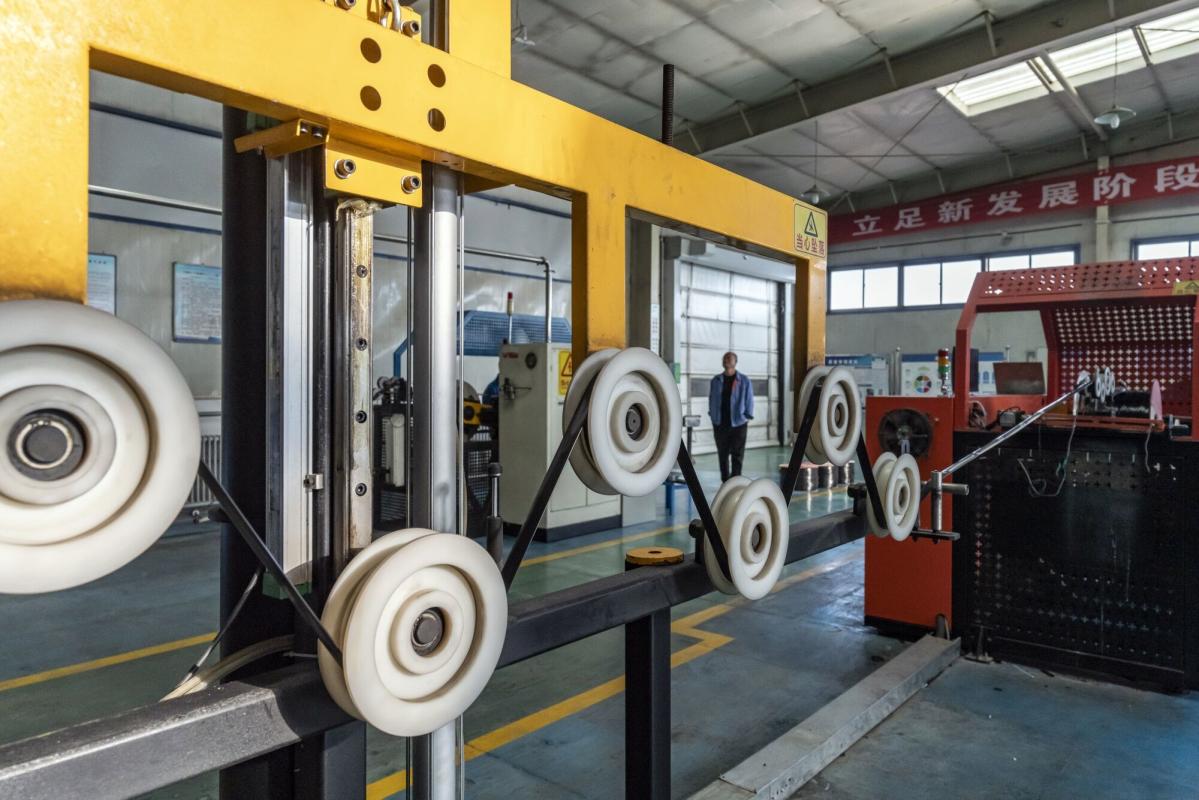Never in a million years did I think I was going to write about animal sperm.
But here we are.
This Sunday’s front-page story features a whole lot about animal sperm − and how it’s cryopreserved, aka frozen, at the Cincinnati Zoo & Botanical Garden to make sure endangered rhinos, polar bears, cats, stay in our world. As you’ll gather from the story, the zoo also cryopreserves endangered plants.
My interest in this story started with questions. What exactly is cryopreservation? Who the heck knew cryopreservation was happening at our zoo? And even crazier, who knew the cryopreserved materials are stored in a handful of tanks in a basement? Certainly not me.
I was clueless about so much. I’m glad I explored it anyway.

I first learned about the zoo’s cryopreservation work two years ago. I was an intern at The Enquirer writing features. I went to the zoo to write a quick piece on Morticia, the corpse flower that blooms every 5 to 10 years and smells like rotting flesh. During that fateful afternoon, I interviewed Megan Philpott. Yep, the one featured in today’s cryopreservation story.
Megan told me in an offhand comment that she had saved some of Morticia’s pollen and cryopreserved it for research. “What in the world is cryopreservation?” I asked. I held onto the question for two whole years. It wasn’t until I returned to The Enquirer this year as a full-time reporter that I could do a deep dive.

The process of writing this story was eye-opening. Between the story’s photographer, Frank Bowen, and I, we visited the Center for Conservation & Research of Endangered Wildlife, known as CREW, three times. We visited the lab where the animal and plant cells are prepped for the freezing temperatures. We saw the room where some animals, mainly endangered cats, are artificially inseminated with cryopreserved sperm. We even got to see some of the success stories: The scientists and horticulturists at CREW are growing endangered Kentucky Clover, which had virtually disappeared, to restore populations in the Bluegrass State.
Who knew? Again, not me.
I knew so little about this topic. Through interviews and reading research papers, I explored the unfamiliar terrain. But that’s what I love about journalism. I constantly learn about anything and everything. I feel like a mini “expert” on a variety of topics. My curiosity runs wild.
I bet, for some of you readers, that’s why you love consuming these stories too.
I never thought I was going to write about animal sperm. But, lucky me, now I can tell you all about it!
This article originally appeared on Cincinnati Enquirer: Why I’m glad I wrote a story about animal sperm for The Enquirer
EMEA Tribune is not involved in this news article, it is taken from our partners and or from the News Agencies. Copyright and Credit go to the News Agencies, email news@emeatribune.com Follow our WhatsApp verified Channel




